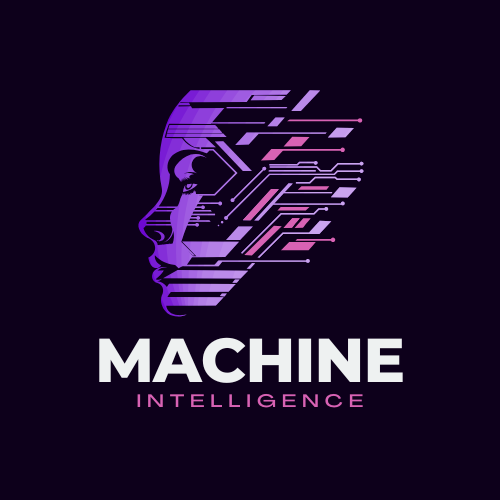
Machine Intelligence (MI)
Machine Intelligence (MI) refers to the capability of machines to mimic and exhibit human-like intelligence. It is a broader concept that includes Artificial Intelligence (AI), Machine Learning (ML), and Deep Learning (DL). MI aims to create systems that can perceive, learn, reason, and make decisions much like human beings.
Key Features of Machine Intelligence:
Perception: Machines interpret data from the environment (e.g., images, sounds, sensor input).
Learning: MI systems improve their performance over time using data (through machine learning algorithms).
Reasoning: Machines analyze information and make decisions or predictions based on logic.
Problem Solving: MI helps in automating complex problem-solving processes across different fields.
Machine Intelligence (MI) represents the next frontier in computational advancement, where machines are designed to simulate, augment, and eventually exceed certain aspects of human intelligence.




